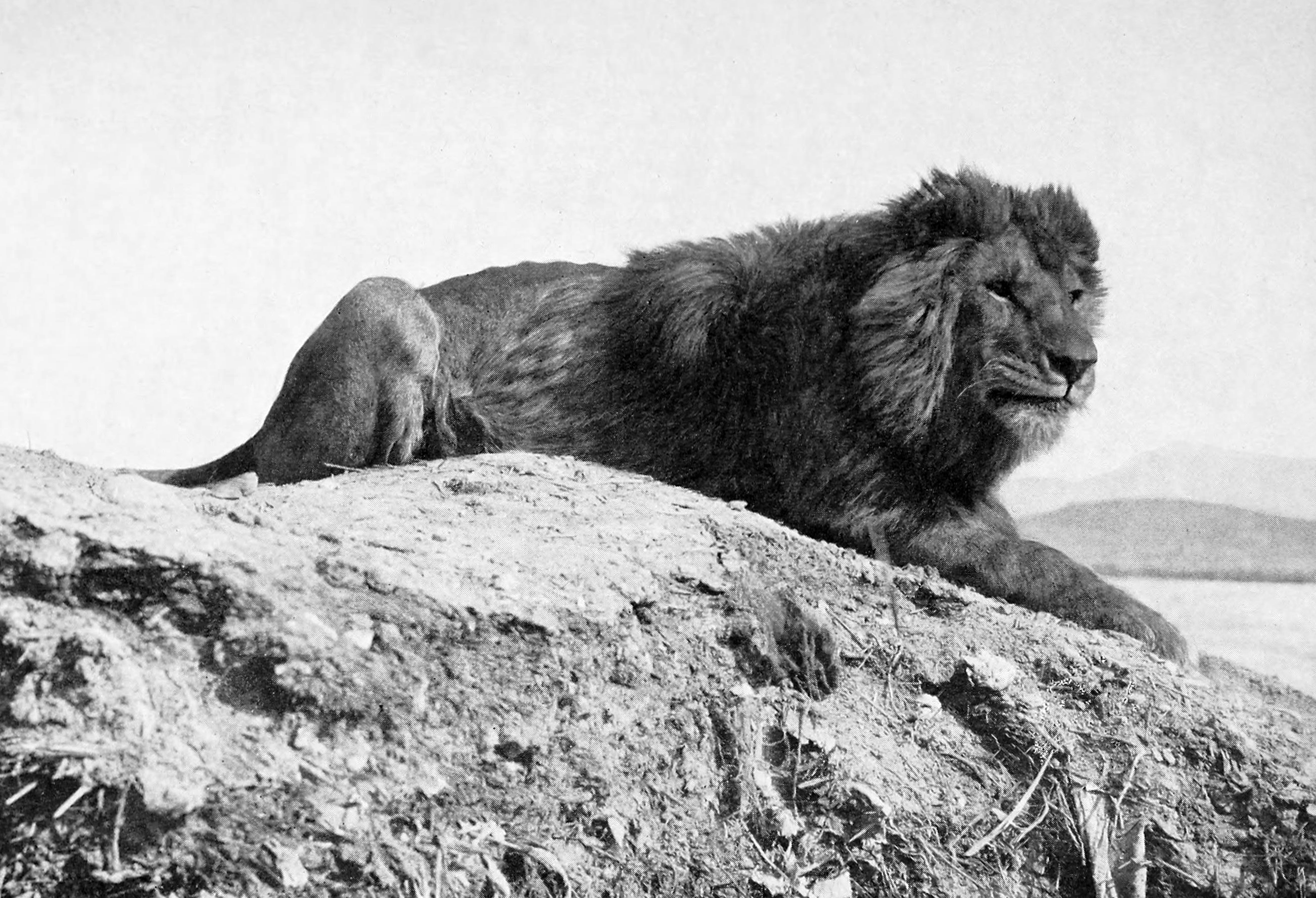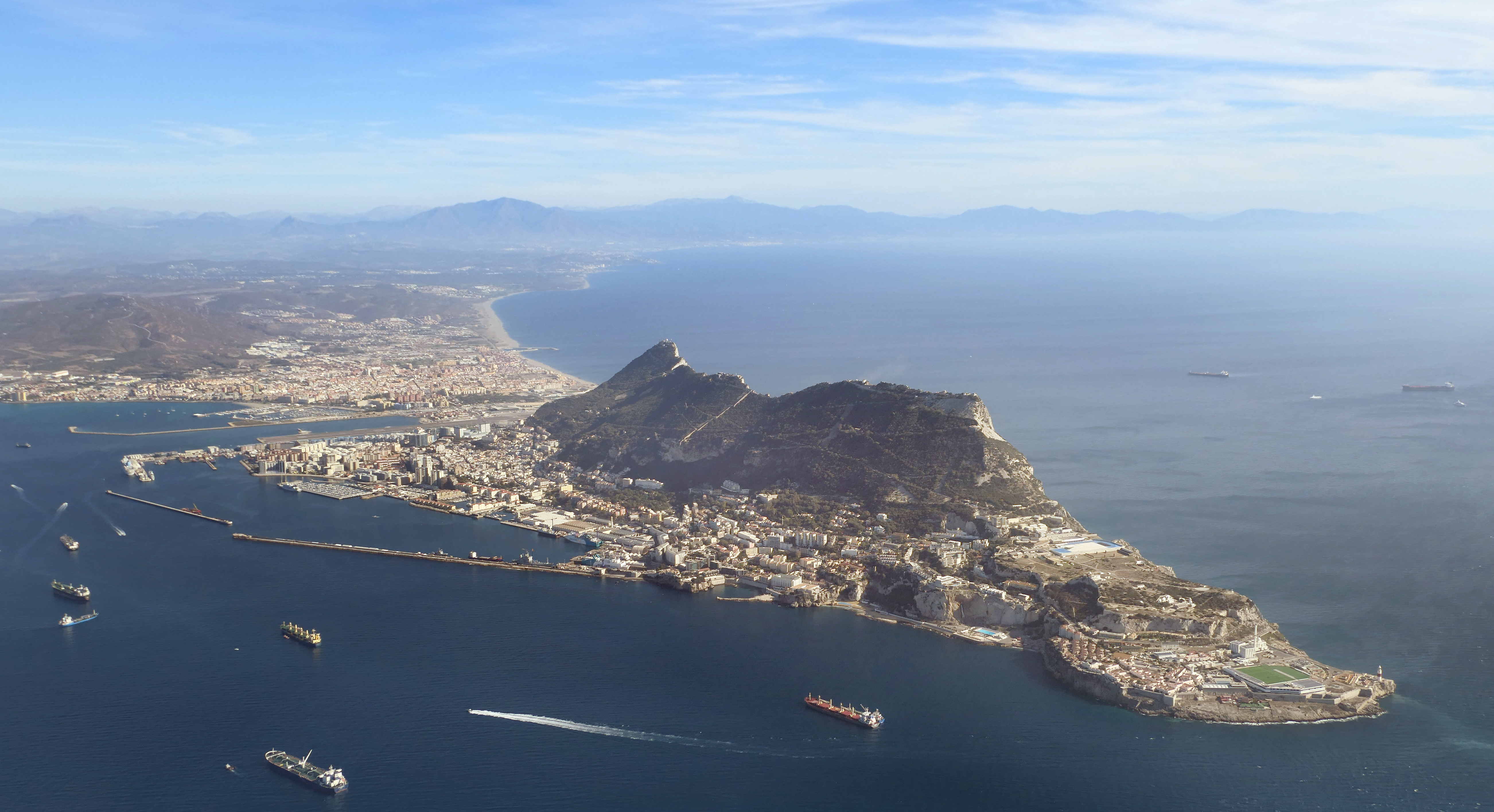|
Battle Of AlborûÀn
The battle of Alboran ( es, batalla de AlborûÀn) took place on 1 October 1540 off the isle of Alboran during the Ottoman-Habsburg struggle for control of the Mediterranean when a Spanish fleet under the command of Bernardino de Mendoza destroyed an Ottoman fleet commanded by Ali Hamet, sinking a galley and capturing 10 other ships. Background In mid-1540 the Barbary pirate Ali Hamet, a Sardinian renegade in service of the Ottoman Empire, formed a small fleet at Algiers, as ordered by Admiral Hayreddin Barbarossa. He assembled three galleys, five galliots, six fustas, and two brigantines, manned by 900 galley slaves and 2,000 Turkish soldiers and Valencian Moriscos under the command of General Caramani, a former slave in the Spanish galleys. In August, knowing that Spanish galleys were in the Balearic Islands, the fleet set sail to the western waters of the AlborûÀn Sea. A few days later a thousand soldiers from the galleys landed on the beach of Gibraltar and attacked the ... [...More Info...] [...Related Items...] OR: [Wikipedia] [Google] [Baidu] |
Hayreddin Barbarossa
Hayreddin Barbarossa ( ar, ÄÛìÄÝ ÄÏìÄ₤ìì Ä´ÄÝÄ´ÄÝìÄ°, Khayr al-Din Barbarus, original name: Khiár; tr, Barbaros Hayrettin Paéa), also known as HáÝzáÝr Hayrettin Pasha, and simply HáÝzáÝr Reis (c. 1466/1478 ã 4 July 1546), was an Ottoman corsair and later admiral of the Ottoman Navy. Barbarossa's naval victories secured Ottoman dominance over the Mediterranean during the mid 16th century. As the son of a soldier named Yakup, who took part in the Turkish conquest of Lesbos Born on Midilli ( Lesbos), Khizr began his naval career as a corsair under his elder brother OruûÏ Reis. In 1516, the brothers captured Algiers from Spain, with OruûÏ declaring himself Sultan. Following OruûÏ's death in 1518, Khizr inherited his brother's nickname, "Barbarossa" ("Redbeard" in Italian). He also received the honorary name ''Hayreddin'' (from Arabic '' Khayr ad-Din'', "goodness of the faith" or "best of the faith"). In 1529, Barbarossa took the PeûÝû°n of Algiers from the Spania ... [...More Info...] [...Related Items...] OR: [Wikipedia] [Google] [Baidu] |
Salvo
A salvo is the simultaneous discharge of artillery or firearms including the firing of guns either to hit a target or to perform a salute. As a tactic in warfare, the intent is to cripple an enemy in one blow and prevent them from fighting back. Overview Troops armed with muzzleloaders required time to refill their arms with gunpowder and shot. Gun drills were designed to enable an almost continuous rain of fire on the enemy by lining troops into ranks, allowing one rank to fire a salvo, or volley, while the other ranks prepared their guns for firing. The term is commonly used to describe the firing of broadsides by warships, especially battleships. During fleet engagements in the days of sail, from 17th century until the 19th century, ships of the line were maneuvered with the objective of bringing the greatest possible number of cannon to bear on the enemy and to discharge them in a salvo, causing enough damage and confusion as to allow time for the cannon to be swabb ... [...More Info...] [...Related Items...] OR: [Wikipedia] [Google] [Baidu] |
Boarding (attack)
Naval boarding action is an offensive tactic used in naval warfare to come up against (or alongside) an enemy marine vessel and attack by inserting combatants aboard that vessel. The goal of boarding is to invade and overrun the enemy personnel on board in order to capture, sabotage or destroy the enemy vessel. While boarding attacks were originally carried out by ordinary sailors who are proficient in hand-to-hand combat, larger warships often deploy specially trained and equipped regular troops such as marines and special forces as boarders. Boarding and close quarters combat had been a primary means to conclude a naval battle since antiquity, until the early modern period when heavy naval guns gained tactical primacy at sea. A cutting out boarding is an attack by small boats, preferably at night and against an unsuspecting, and anchored, target. It became popular in the later 18th century, and was extensively used during the Napoleonic Wars. This heralded the emphas ... [...More Info...] [...Related Items...] OR: [Wikipedia] [Google] [Baidu] |
Oran
Oran ( ar, ìììÄÝÄÏì, Wahrán) is a major coastal city located in the north-west of Algeria. It is considered the second most important city of Algeria after the capital Algiers, due to its population and commercial, industrial, and cultural importance. It is west-south-west from Algiers. The total population of the city was 803,329 in 2008, while the metropolitan area has a population of approximately 1,500,000 making it the second-largest city in Algeria. Etymology The word ''Wahran'' comes from the Berber expression ''wa - iharan'' (place of lions). A locally popular legend tells that in the period around AD 900, there were sightings of Barbary lions in the area. The last two lions were killed on a mountain near Oran, and it became known as ''la montagne des lions'' ("The Mountain of Lions"). Two giant lion statues stand in front of Oran's city hall, symbolizing the city. History Overview During the Roman Empire, a small settlement called ''Unica Colonia'' existed in ... [...More Info...] [...Related Items...] OR: [Wikipedia] [Google] [Baidu] |
Morocco
Morocco (),, ) officially the Kingdom of Morocco, is the westernmost country in the Maghreb region of North Africa. It overlooks the Mediterranean Sea to the north and the Atlantic Ocean to the west, and has land borders with Algeria to the east, and the disputed territory of Western Sahara to the south. Mauritania lies to the south of Western Sahara. Morocco also claims the Spanish exclaves of Ceuta, Melilla and PeûÝû°n de Vûˋlez de la Gomera, and several small Spanish-controlled islands off its coast. It spans an area of or , with a population of roughly 37 million. Its official and predominant religion is Islam, and the official languages are Arabic and Berber; the Moroccan dialect of Arabic and French are also widely spoken. Moroccan identity and culture is a mix of Arab, Berber, and European cultures. Its capital is Rabat, while its largest city is Casablanca. In a region inhabited since the Paleolithic Era over 300,000 years ago, the first Moroccan st ... [...More Info...] [...Related Items...] OR: [Wikipedia] [Google] [Baidu] |
Vûˋlez De La Gomera
Velez may refer to: Places * Vûˋlez de Benaudalla, Spain * Vûˋlez SûÀrsfield (barrio), Buenos Aires, Argentina * Vûˋlez-Blanco, Spain * Vûˋlez-MûÀlaga, Spain * Vûˋlez-Rubio, Spain * Vûˋlez, Santander, Colombia * Veleéƒ (Bosnia and Herzegovina), a mountain * Velez Islands (PeûÝû°n de Vûˋlez de la Gomera) Sports clubs * Club Atlûˋtico Vûˋlez Sarsfield, Argentina * FK Veleéƒ Mostar Fudbalski klub Veleéƒ Mostar ( sh-Cyrl, ÅÊîÅÇÅÝůţ ŤţîÅÝ BeÅ£ÅçÅÑ ÅŃîîůî; English language, English: Football club Veleéƒ Mostar) is a professional football (soccer), football club based in Mostar, Bosnia and Herzegovina. The c ..., Bosnia and Herzegovina * Vûˋlez CF, Spain Other uses * Vûˋlez (name), including a list of people with the name * Velez College, Cebu City, Philippines See also * {{disambiguation, geo ... [...More Info...] [...Related Items...] OR: [Wikipedia] [Google] [Baidu] |
ûlvaro De BazûÀn The Elder
Don ûlvaro de BazûÀn, called ''the Elder'' (1506ã1558) was a Spanish naval commander from an old Navarrese noble family who received several nobilary titles such as the rank of ''Admiral of Castile'', ''Marquis del Viso'', and ''General-Captain of the Galleys of Spain''. He was the father of ûlvaro de BazûÀn, 1st Marquis of Santa Cruz, who surpassed him in fame. At the age of eight his son was appointed "Military Governor and captain of the fortress and city of Gibraltar". His command however was via his father. It has been speculated that this unusual appointment was intended to show Charles V's confidence but BazûÀn the Elder did not share that confidence and he suggested to no effect that Gibraltar's Line Wall Curtain be extended to the southern tip of the rock. BazûÀn the Elder was also father of Alonso de BazûÀn Alonso de BazûÀn, son of Admiral ûlvaro de BazûÀn the Elder, Marquis del Viso, and brother of the better known Admiral ûlvaro de BazûÀn, 1st Marquis of Santa ... [...More Info...] [...Related Items...] OR: [Wikipedia] [Google] [Baidu] |
Gibraltar
) , anthem = " God Save the King" , song = " Gibraltar Anthem" , image_map = Gibraltar location in Europe.svg , map_alt = Location of Gibraltar in Europe , map_caption = United Kingdom shown in pale green , mapsize = , image_map2 = Gibraltar map-en-edit2.svg , map_alt2 = Map of Gibraltar , map_caption2 = Map of Gibraltar , mapsize2 = , subdivision_type = Sovereign state , subdivision_name = , established_title = British capture , established_date = 4 August 1704 , established_title2 = , established_date2 = 11 April 1713 , established_title3 = National Day , established_date3 = 10 September 1967 , established_title4 = Accession to EEC , established_date4 = 1 January 1973 , established_title5 = Withdrawal from the EU , established_date5 = 31 January 2020 , official_languages = English , languages_type = Spoken languages , languages = , capital = Westside, Gibraltar (de facto) , coordinates = , largest_settlement_type = largest district , larg ... [...More Info...] [...Related Items...] OR: [Wikipedia] [Google] [Baidu] |
AlborûÀn Sea
The Alboran Sea (from Arabic , ''al-BaáËrán'') is the westernmost portion of the Mediterranean Sea, lying between the Iberian Peninsula and the north of Africa (Spain on the north and Morocco and Algeria on the south). The Strait of Gibraltar, which lies at the west end of the Alboran Sea, connects the Mediterranean with the Atlantic Ocean. Geography Its average depth is and maximum depth is . The International Hydrographic Organization defines the limits of the Alboran Sea as follows: ''On the West.'' The Eastern limit of the Strait of Gibraltar: A line joining from tip (Europa Point) of '' Cap Gibraltar'' in Europe to the tip of the ''PenûÙnsula de Almina'' of Ceuta in Africa (). ''On the East.'' A line joining from ''Cabo de Gata'' in Andalusia in Europe to ''Cap Fegalo'', near Oran, Algeria in Africa (). Several small islands dot the sea, including the eponymous Isla de AlborûÀn. Most, even those close to the African shore, belong to Spain. Geology The Alboran domain ... [...More Info...] [...Related Items...] OR: [Wikipedia] [Google] [Baidu] |
Balearic Islands
The Balearic Islands ( ca, Illes Balears ; es, Islas Baleares or ) are an archipelago in the western Mediterranean Sea, near the eastern coast of the Iberian Peninsula. The archipelago forms a Provinces of Spain, province and Autonomous communities of Spain, autonomous community of Spain, with Palma de Mallorca being its capital and largest city. Formerly part of the Kingdom of Majorca, Kingdom of Mallorca, the islands were made a province in the 19th century provincial division, which in 1983 received a Statute of Autonomy of the Balearic Islands, Statute of Autonomy. In its later reform of 2007, the Statute designates the Balearic Islands as one of the ''nationalities and regions of Spain, nationalities'' of Spain. The official Languages of Spain, languages of the Balearic Islands are Catalan language, Catalan and Spanish language, Spanish. The archipelago islands are further grouped in western Pityusic Islands, Pytiuses (the largest being Ibiza and Formentera), and east ... [...More Info...] [...Related Items...] OR: [Wikipedia] [Google] [Baidu] |

.jpg)


